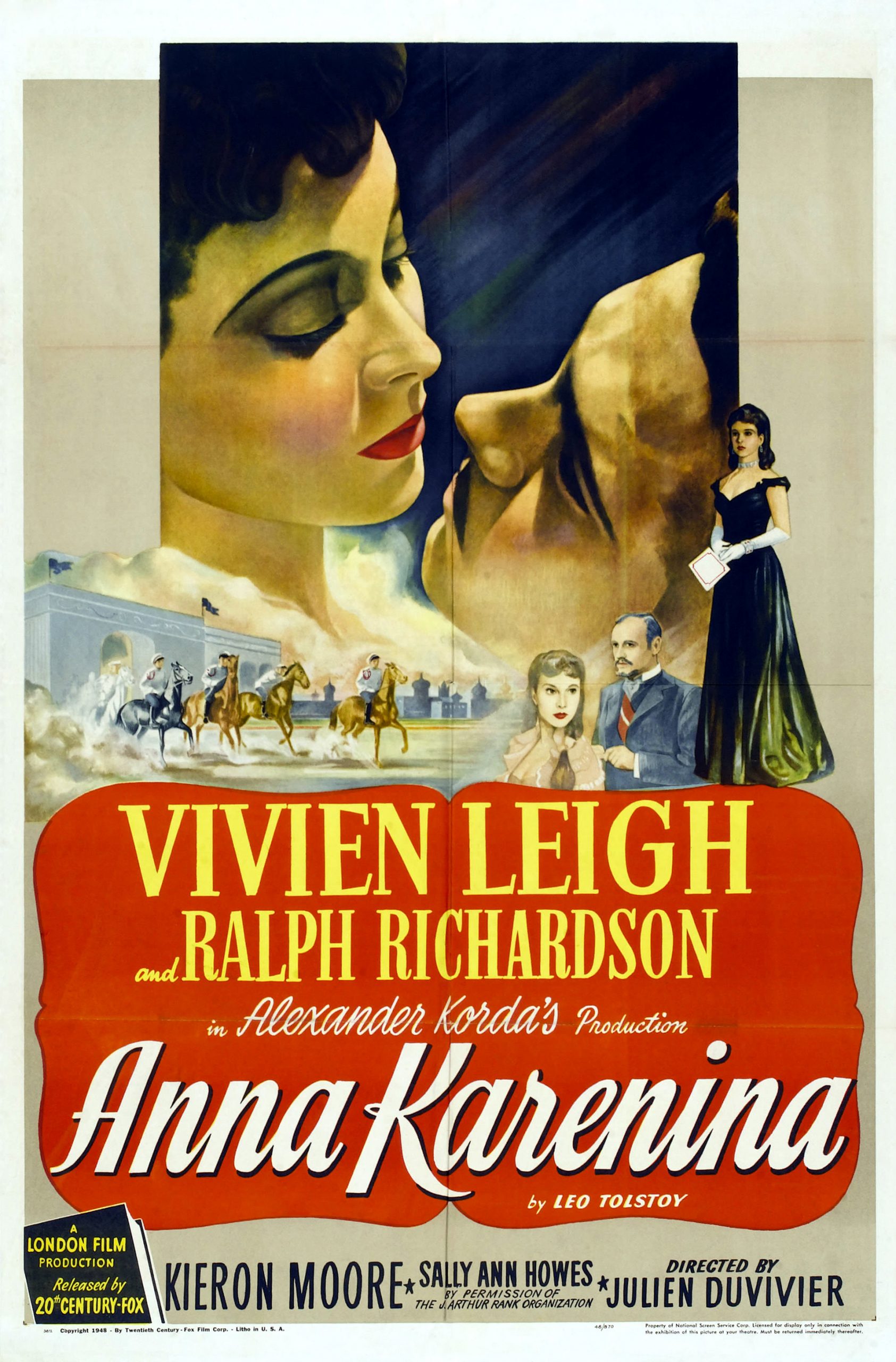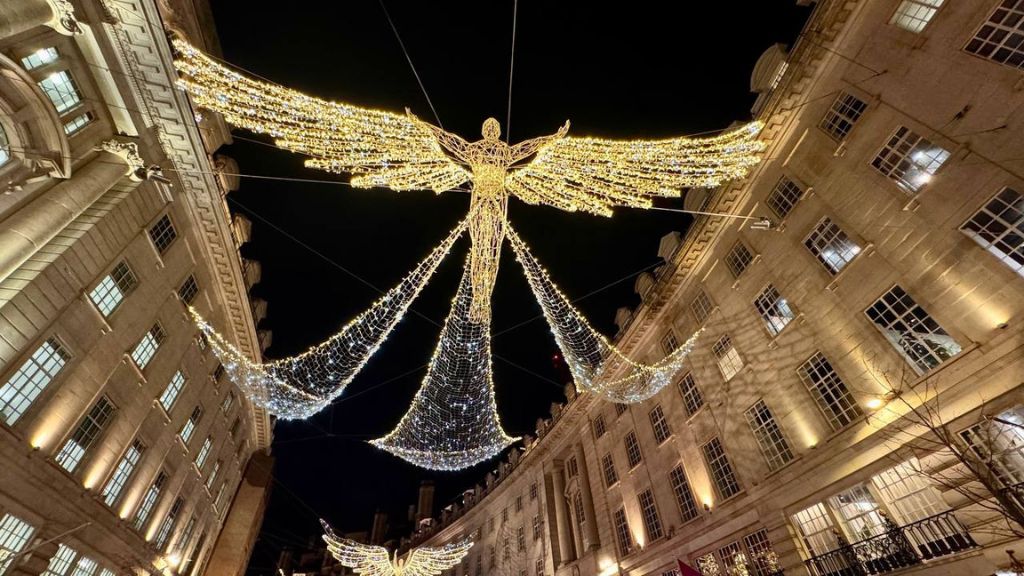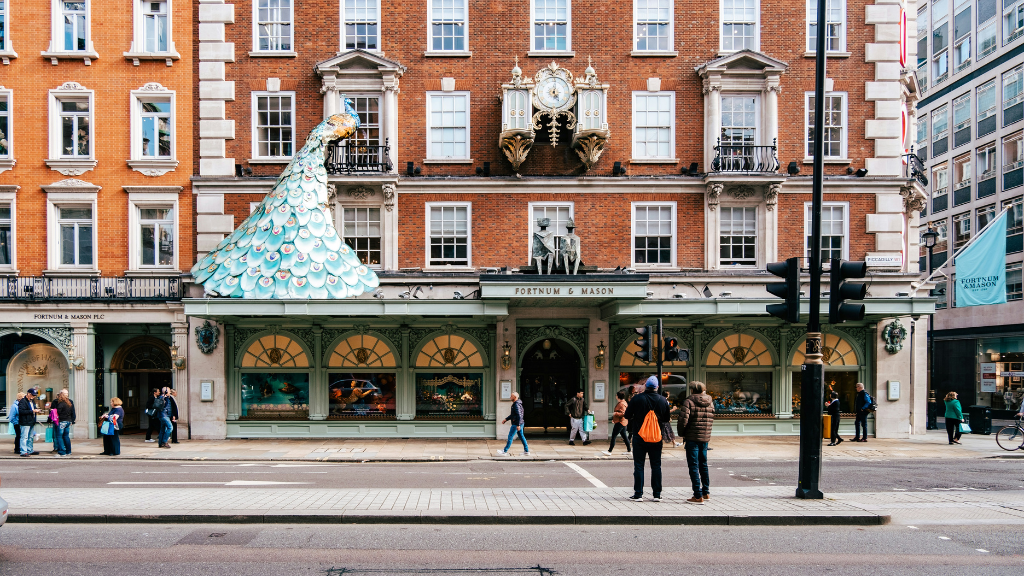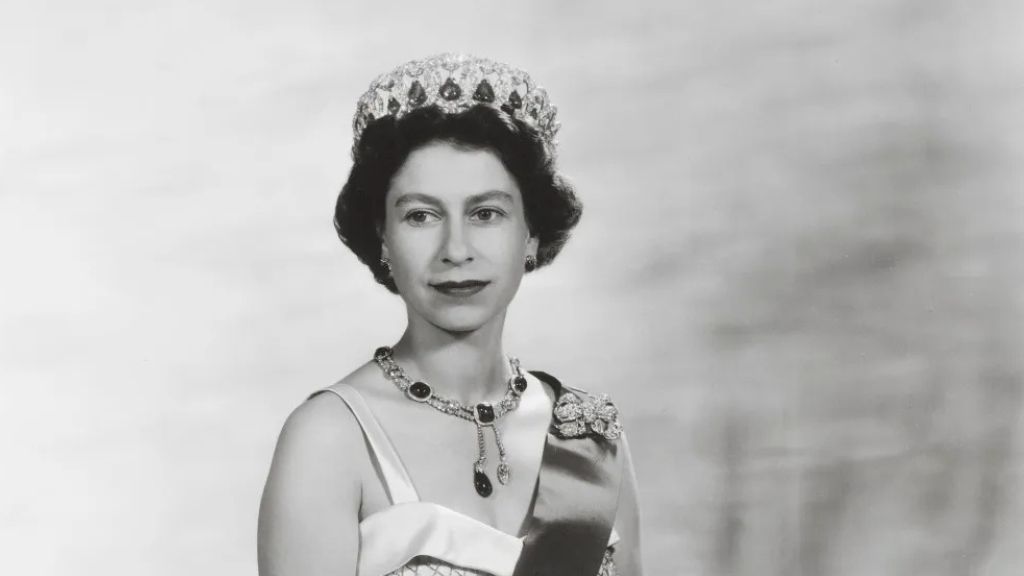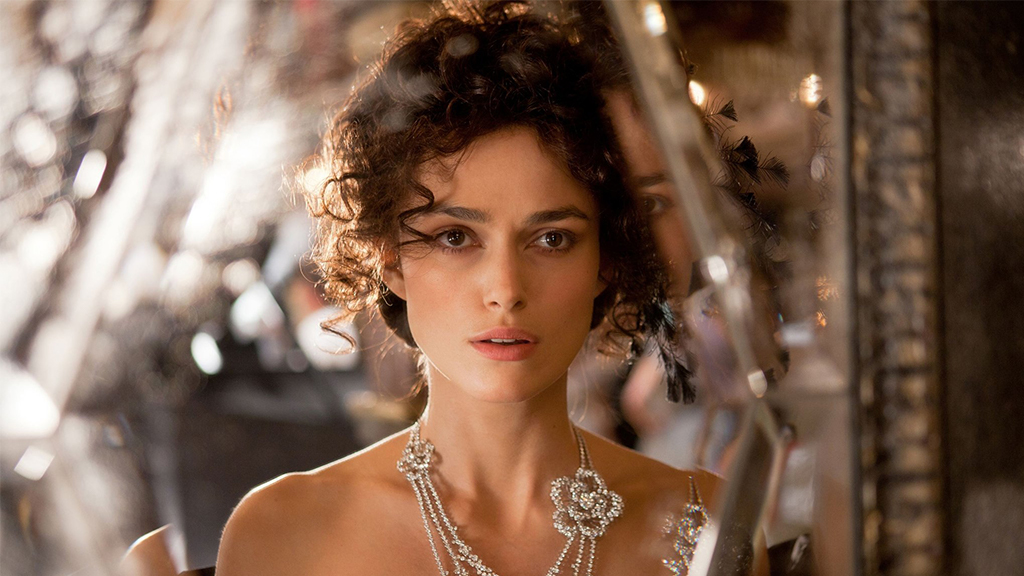
Anna Karenina: a Russian classic reimagined in Britain
Anna Karenina is Leo Tolstoy’s most popular novel amongst filmmakers. Since 1910, it has been adapted for screen more than 30 times, 10 of which fell on the silent film era. Each adaptation presents its own unique vision of Tolstoy’s heroine and its own reading of her story. British cinema has made a significant contribution — in the UK there had been made as many as 5 films based on the novel. The most extravagant of them was filmed almost entirely inside a studio pavilion and directed by Joe Wright with Keira Knightley in the title role. Afisha.London magazine lists all adaptations by British directors, as well as some other films based on Anna Karenina that deserve a mention.
Leo Tolstoy worked on Anna Karenina for over three years and published it in its entirety in 1878. Initially, the main character was a selfish and vulgarly dressed lady who completely lost herself living with her meek husband. However, while developing the plot and the characters’ personalities, Tolstoy created one of the most vivid and contradictory female protagonists in world literature. Europe embraced the themes of love, family and the influence of society, which is constantly evaluating the actions of women whose role was predetermined in the end of the 19th century. In Great Britain, home to Shakespearean passions and Jane Austen’s psychological novels, the book became a cult — in British bookstores one can find Anna Karenina in seven different translations. At the same time, while raising acute social issues and posing questions, Tolstoy does not provide unambiguous answers to any of them. This is exactly what made it possible for each director to tell Karenina’s story in their own way.
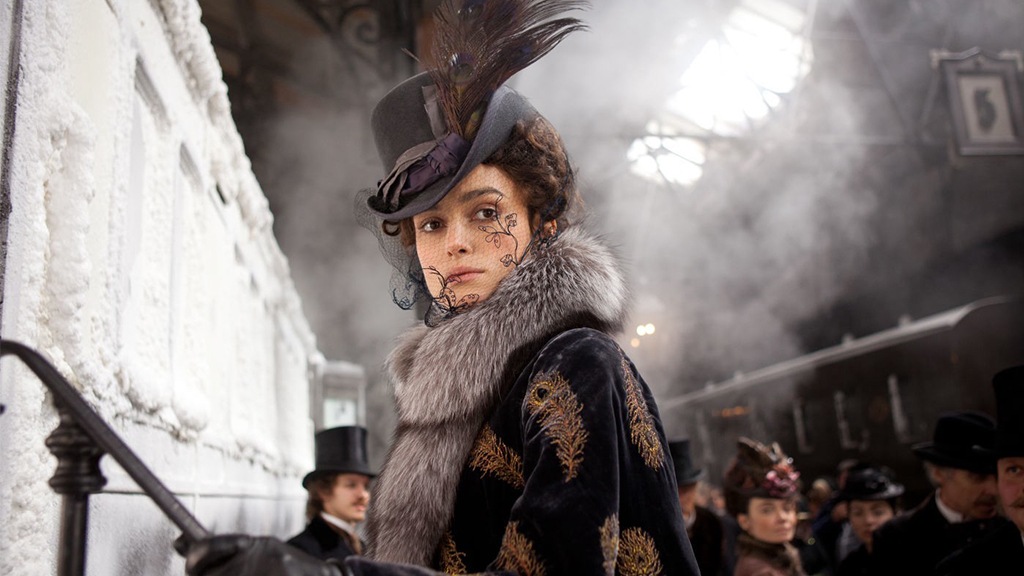
Keira Knightley as Anna Karenina. Photo: Shutterstock/Fotodom
Follow us on Twitter for news about Russian life and culture
A hymn to kitsch and Joe Wright’s creative experiment
In 2012, British director Joe Wright presented his shocking version of Anna Karenina. He chose Keira Knightley to portray the main character, since, according to his confession, in this role he saw only her. Karenina’s husband was portrayed by Jude Law, while the golden-haired Aaron Taylor-Johnson became Count Vronsky, who, according to the director’s vision, was the personification of youthful love. In Wright’s interpretation, Anna Karenina is expressive and tragically obsessed with passion. The desired effect is emphasised by theatrical scenery — almost the entire film was made in a studio pavilion. The idea to shoot indoors did not occur to the director right away: he was looking for suitable locations for quite some time, but all he saw only inspired thoughts of a simple repetition of the classic plot.
Wright would later admit that it took all his courage to bring the idea with theatre to life. In his adaptation, the theatrical element stood for the illusory and fragile relationship between Karenina and Vronsky. But the storyline of landowner Konstantin Levin, the one who possesses real family happiness, the director left “alive” — his scenes were shot in natural landscapes, while panoramic views were filmed on the island of Kizhi in Karelia. Audiences hailed Wright’s film as “the most British” of them all, although critics were divided. The Daily Mail pointed out that the film lacks emotional depth, while The Daily Express believed that Anna somehow ended up in the background. However, in 2013 the film won an Oscar and a BAFTA for Best Costumes, as well as a European Film Academy Award for Best Cinematography.
Watch Anna Karenina (2012) on Netflix | Amazon Prime | YouTube Movies
A noir adaptation
In 1948, the king of noir Julien Duvivier directed the first British film adaptation of Anna Karenina. Duvivier brilliantly recreated the atmosphere of the late 19th century Russia, focusing all the viewers’ attention on the psychology of the relationship between Anna and Vronsky. In the leading role appeared the legendary British film star Vivien Leigh, who, however, was attacked by critics. Her Anna turned out to be too cheerful, calm and flawless, while her charm and coquetry were too obvious. But ordinary viewers approved of Leigh’s Karenina — the image she created turned out to be very sincere, and the film was a huge success at the box office.
- Poster for Anna Karenina (1948)
- Vivien Leigh in Anna Karenina (1948)
Also, another advantage of the film was the choice of the actor for the role of Karenin — the Englishman Ralph Richardson. Along with Laurence Olivier and John Gielgud, he was one of the three most prominent British actors for most of the 20th century. Richardson portrayed Anna’s husband as a deep and rather controversial character, thereby drawing the viewers’ attention from Vronsky to himself. In general, this film is an aesthetic masterpiece, and each scene is filled with the beauty of the moment. The costumes were created by designer and royal photographer Cecil Beaton, while the music by Constant Lambert added exquisite sadness and harmony to the film.
Buy Anna Karenina (1948) on Amazon
When Vronsky outshined Anna
This British TV adaptation produced by the BBC based on the novel by Tolstoy was filmed by director Rudolph Cartier in just three days. Unfortunately, the result did not reflect the depth of the novel. Anna was portrayed by Claire Bloom, whose modest and restrained image of Karenina can be called one of the most unremarkable. In contrast to Anna, her lover turned out charismatic and extremely attractive. On the eve of his success as James Bond, the young and energetic Sean Connery played Count Vronsky, who completely eclipsed the main character. Another interesting fact about this adaptation is that the film was considered lost after the first screening and was found only 49 years later in 2010.

Sean Connery as Count Vronsky in Anna Karenina (1961)
Incarnation of vice or victim of love
The next and much more successful attempt by the BBC to adapt Anna Karenina was a 10-episode film starring Nicola Pagett. The series was filmed in 1977 by directors Basil Coleman and Donald Wilson. They managed not only to highlight the events of the novel in detail, but also to convey the nuances of the Russian book. The film received favourable reviews, and is now considered one of the most successful adaptations. This Anna Karenina appears as a leisurely theatrical production, with the Egyptian-born British actress Nicola Pagett looking natural and elegant in the role of a femme fatale. Stuart Wilson, who portrayed Vronsky, is handsome and inspired, while Eric Porter with his ingenious acting conveyed all the experiences of Anna’s husband.
A very British Karenina
The 2000 British mini-series Anna Karenina, directed by David Blair, combines the events of Tolstoy’s novel with a typically English atmosphere in an interesting way. The adaptation turned out to be a little gloomy and decorous, which intensified the tragedy of the plot. Helen McCrory in the role of Anna was questioned by the audience: many considered her Karenina too tough and unattractive, too ready to immediately succumb to the power of vice. It is worth noting the choice of the actor for the role of Alexei Karenin. Tony and BAFTA winning Stephen Dillane turned out to be, perhaps, the youngest and most beautiful Karenin and, as it becomes apparent throughout the course of the film, the most uncompromising. Critics praised the film quite highly, with famous British journalist Mark Lowe leaving a positive review in The Guardian, while The New York Magazine named this adaptation one of the best.
One of the first Kareninas
The American black and white Anna Karenina by Clarence Brown is a classic old Hollywood drama of the early 20th century and a fairly successful adaptation of the novel. It is notable that Count Andrey Tolstoy was a consultant on the set, thanks to whom the late 19th century Russian society is shown in the film very well. Anna was portrayed by the legendary Greta Garbo, who appeared in this role twice in her career. In 1927, the actress had already played Anna in a silent film Love, which was based on the novel. Back then the Americans made two different finales: a positive one for America, in which Anna stays with Vronsky, and a tragic one, for distribution in Europe. In this 1935 adaptation, the filmmakers made do with the classic plot, and this film became one of the best in Garbo’s career. Many viewers liked her tragic heroine, who embodied all the torments of the novel’s Karenina. The year of the release, this Anna Karenina was named the Best Foreign Film at the Venice Film Festival.
Watch Anna Karenina (1935) on iTunes | YouTube Movies
An emotional Italian take on Karenina
This adaptation of Anna Karenina, co-produced by Italy, France, Spain and Lithuania, was filmed in 2013 by Canadian director Christian Duguay. The main role was played by the famous Italian actress Vittoria Puccini, who managed to convey the passionate and contradictory nature of her heroine. Many viewers recognised this film as one of the closest in spirit to the novel by Leo Tolstoy. The director showed Anna as an extremely charming and gentle woman whose life clearly lacked emotions and happiness. However, it is with the choice of an actor for the role of Vronsky that he definitely hit the bull’s-eye. While looking at the dark-eyed Venezuelan Santiago Cabrera, it is easy to believe that a respectable married lady could lose her head in the blink of an eye. The entire film is permeated with passionate glances of lovers, and Anna’s tragedy unfolds with living colours to the music of the Polish Oscar-winning composer Jan Kaczmarek.
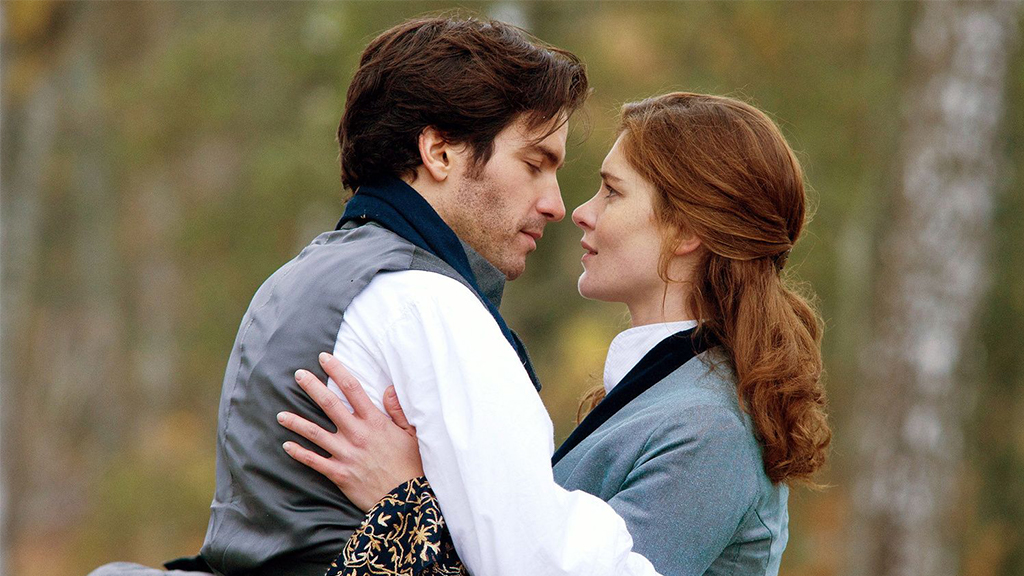
Vittoria Puccini and Santiago Cabrera in Anna Karenina (2013)
American Anna in St. Petersburg
In 1997, British director Bernard Rose presented a large-scale film adaptation produced in the US in collaboration with Lenfilm (a Soviet production company with a film studio in St. Petersburg. — Editor’s note). Anna was portrayed by the graceful French actress Sophie Marceau, while the spectacular British actor Sean Bean portrayed Count Vronsky. This adaptation is particularly interesting because the filming took place in Moscow and St. Petersburg, where, according to the book, part of the action takes place. In the novel, Tolstoy mentions Bolshaya Morskaya Street, where Russian nobility used to live, and the Manege in St. Petersburg. However, Rose interpreted the characters’ fates way too freely, which incurred the anger of the audience: for example, instead of having a child Anna had a miscarriage. Critics nevertheless agreed in a firm positive assessment of the entourage — designer Maurizio Millenotti created magnificent costumes for the film using original 19th century patterns. Also, the colour scheme of Anna’s outfits has its own subtext: when the heroine is suffering, black prevails in her dresses, and when she is happy, white takes its place.
Watch Anna Karenina (1997) on Amazon Prime
Follow us on Twitter for news about Russian life and culture
It is believed that Western adaptations do not convey all the mystery of the Russian soul. However, many actresses managed to embody the depth of Anna’s feelings. Another story, though, is Konstantin Levin — an autobiographical portrait of Tolstoy himself, whose reflections on morality and the future of Russia were clearly not easy to understand for Western directors. Literary critics, including Vladimir Nabokov, concluded that Tolstoy does not condemn, but highlights a contrast between Anna’s blazing “earthly” passion and Levin’s spiritual love and his values. It is up to the reader to decide, whose side to choose.
Irina Latsio/Liya Shapiro
Cover photo: Keira Knightley as Anna Karenina (Laurie Sparham/Focus Features)
Read more:
Ballerina Anna Pavlova: a beautiful swan of two empires
Writer Stephen Walker: I simultaneously lived in 1961 and 2020
Yuri Gagarin in London: how to impress the Queen and become a British hero
SUBSCRIBE
Receive our digest once a week with quality Russian events and articles
